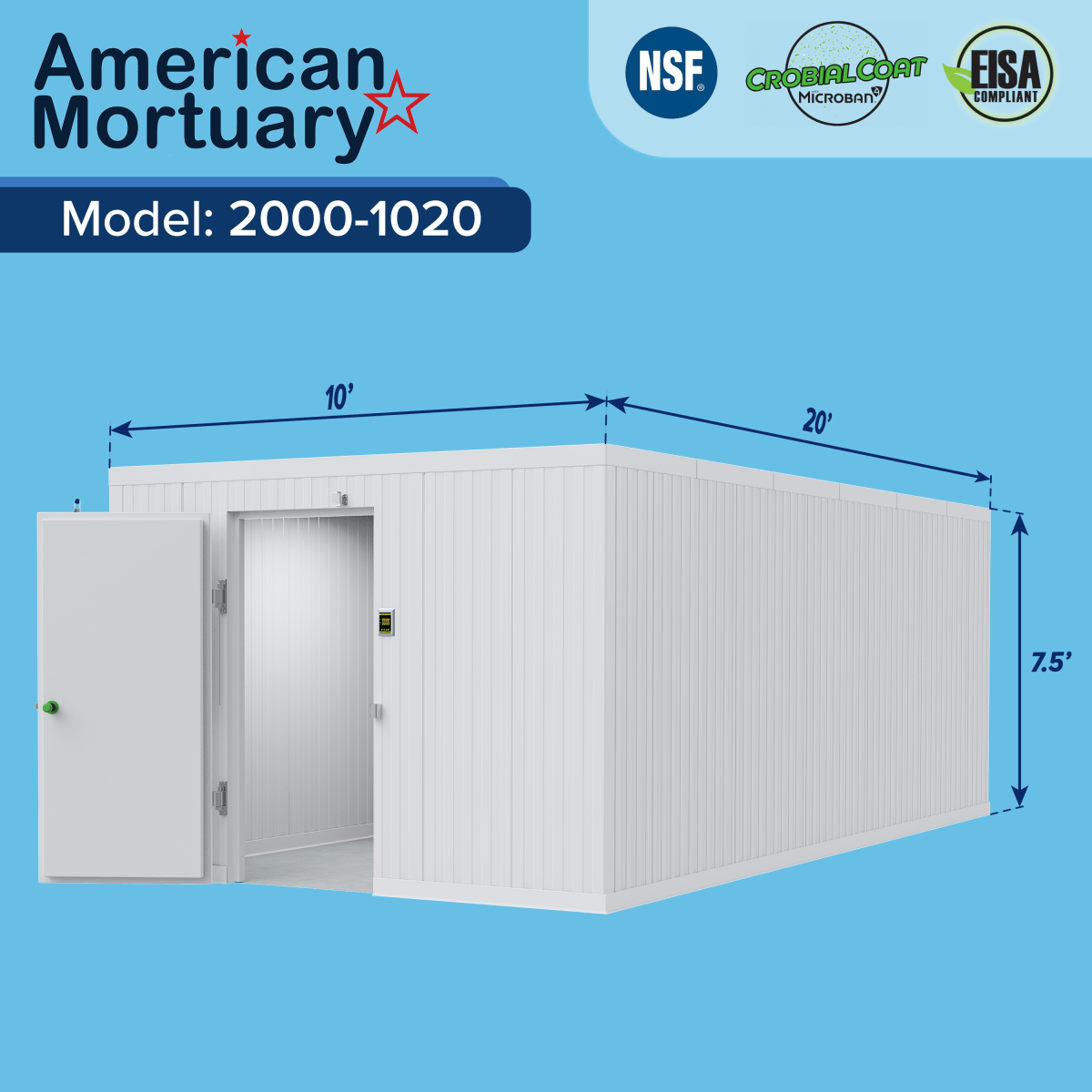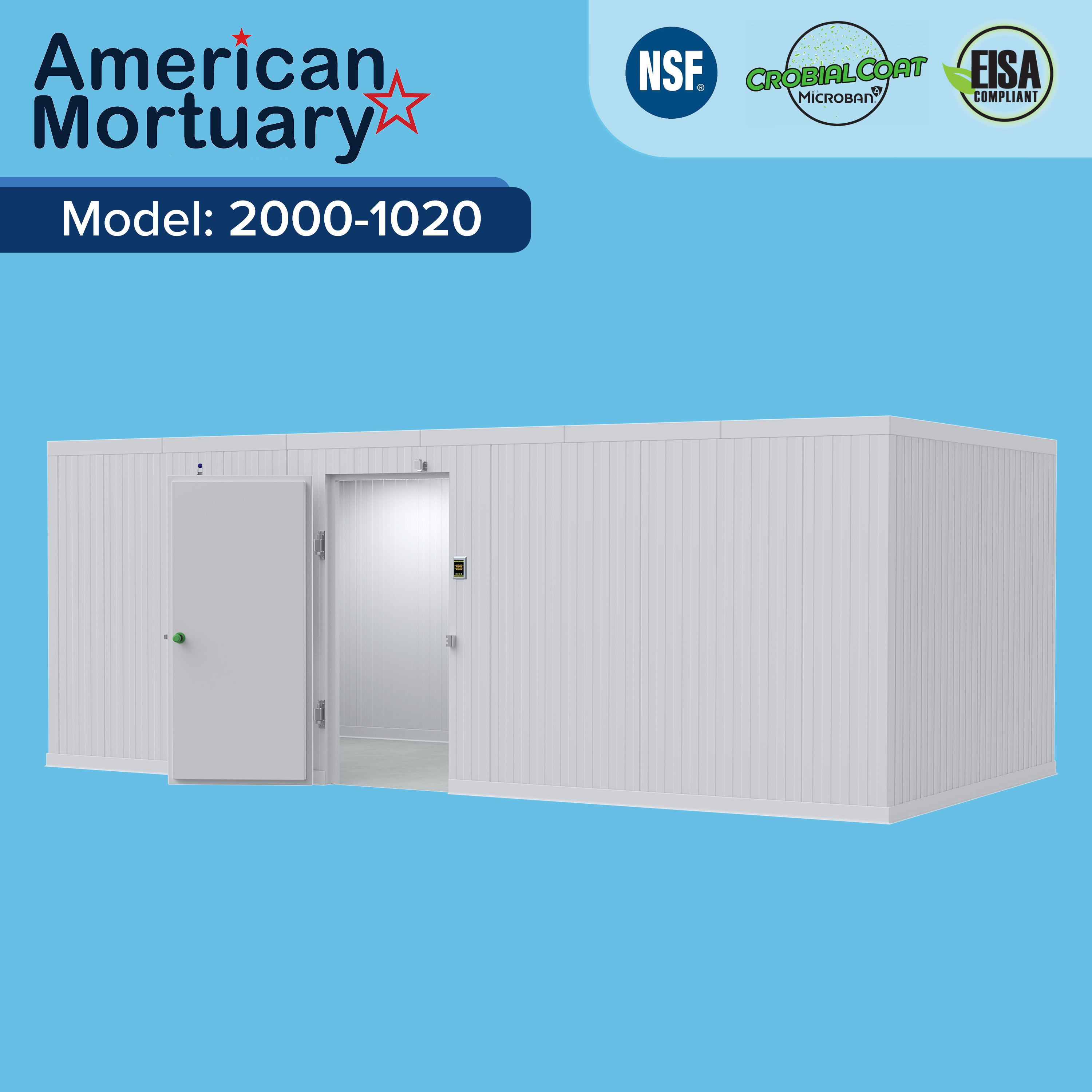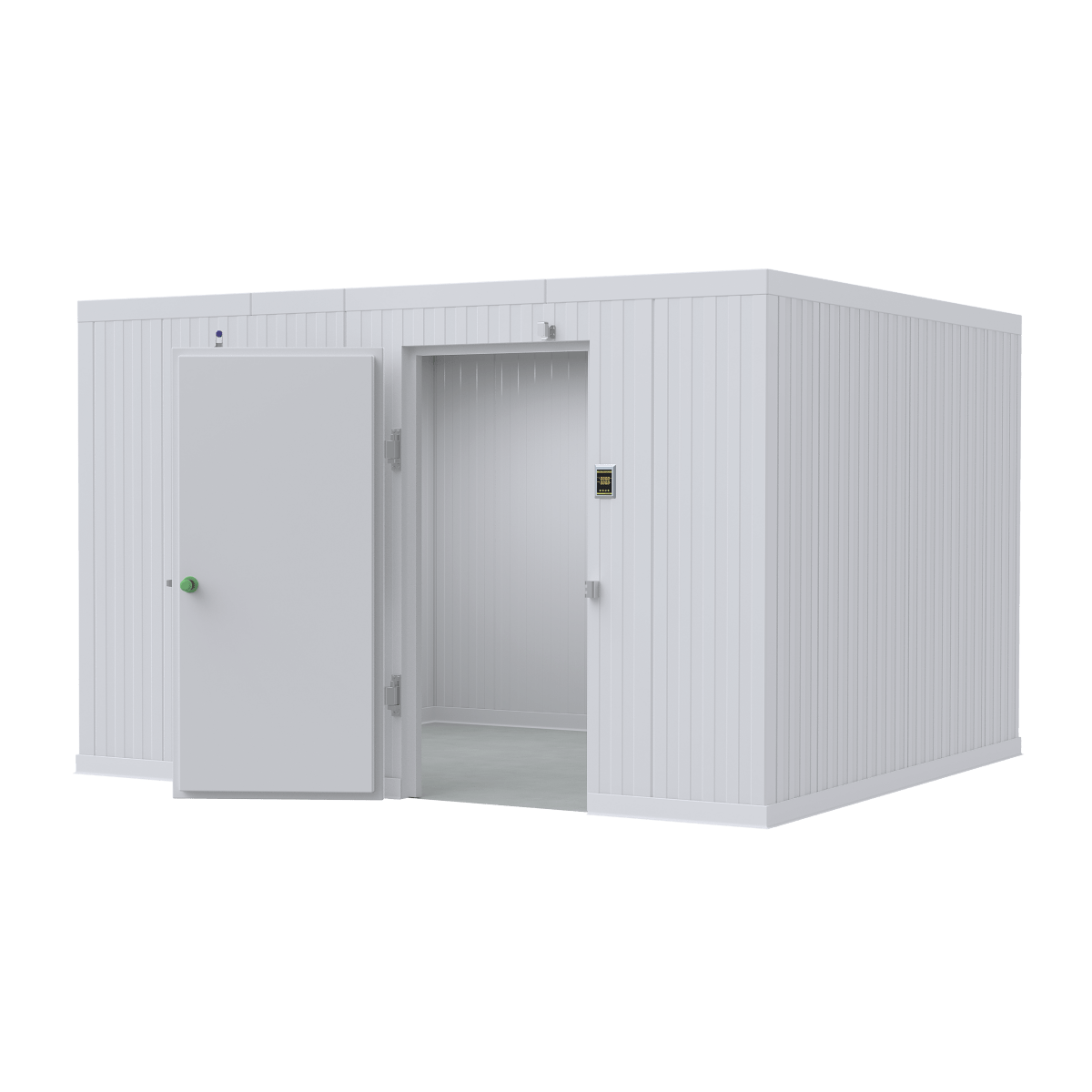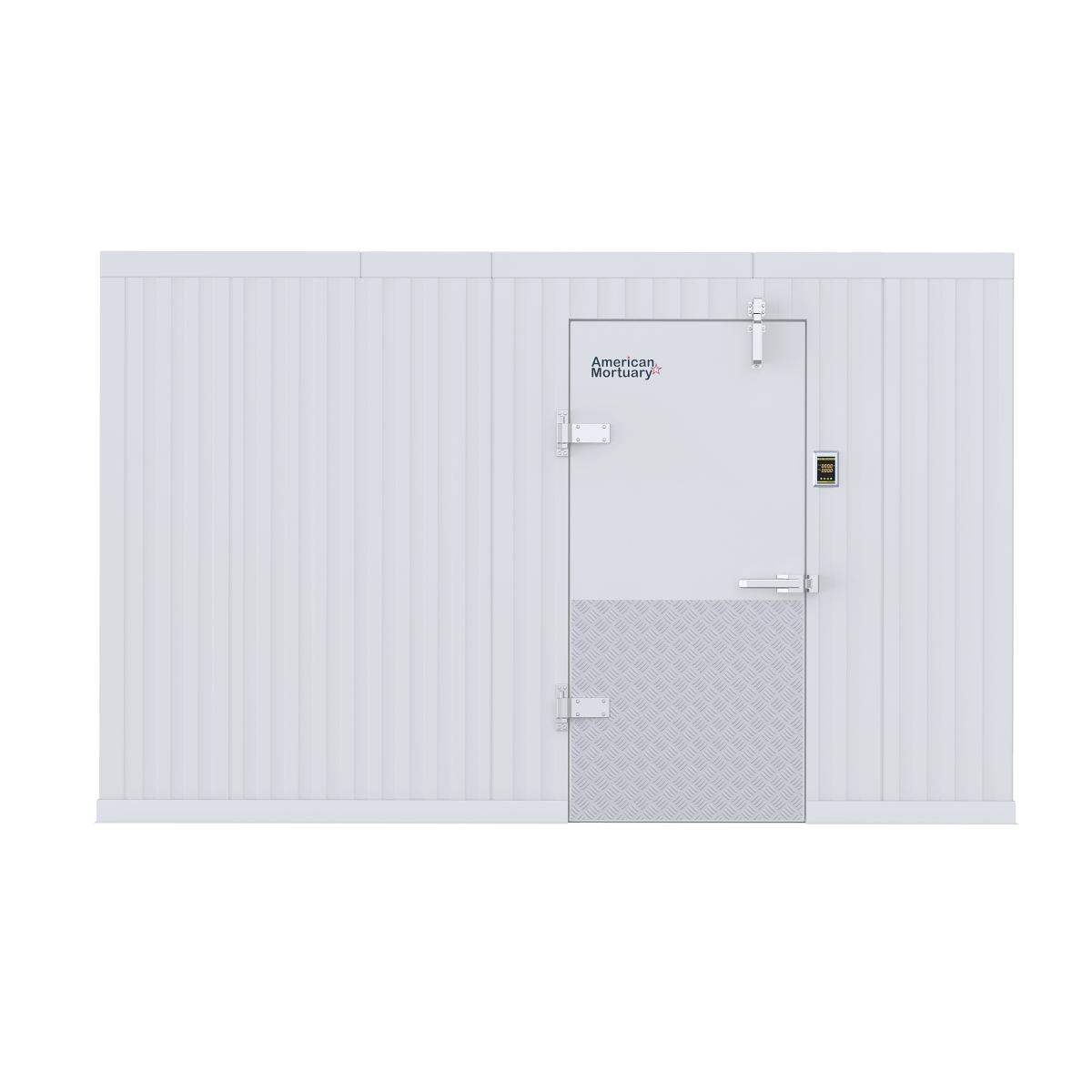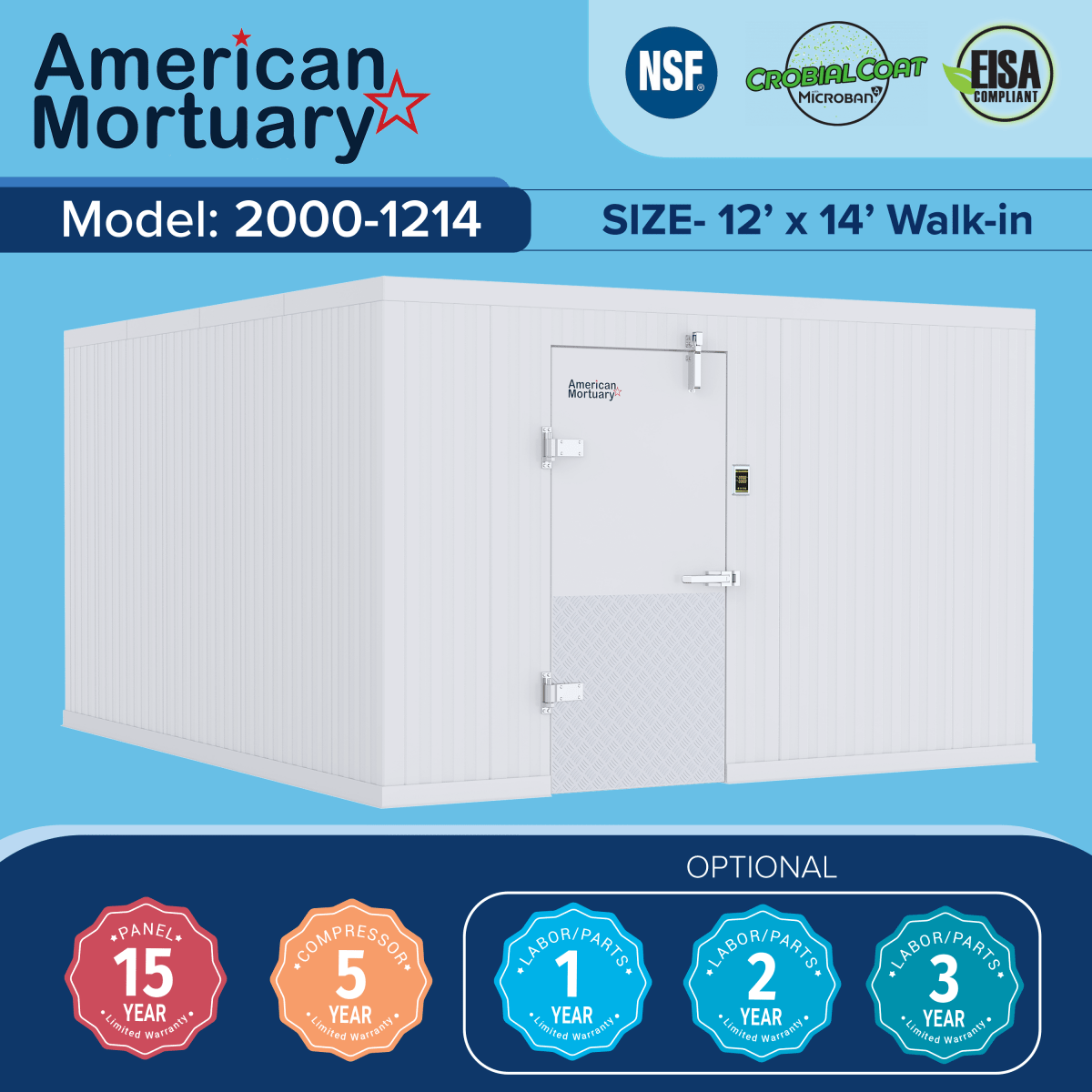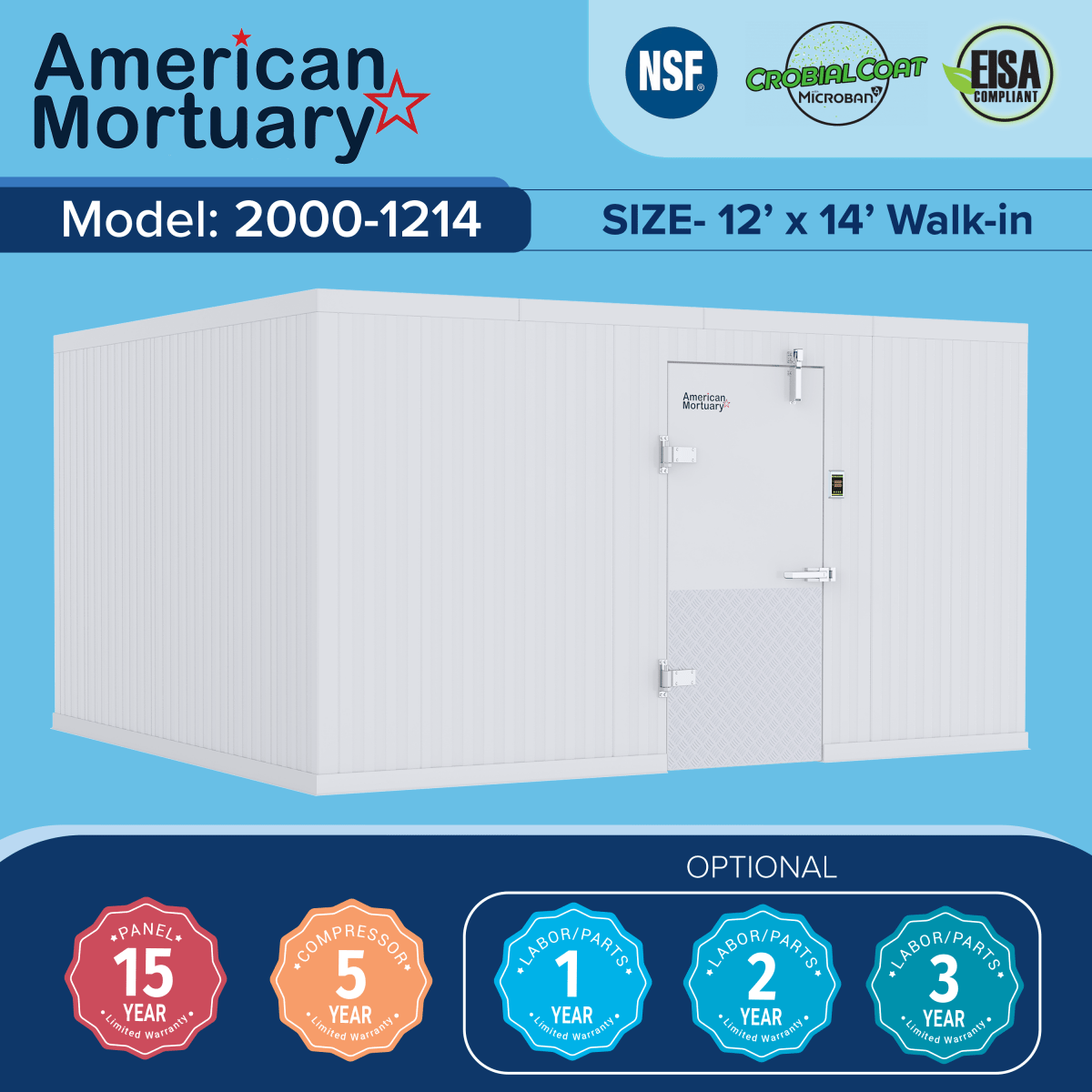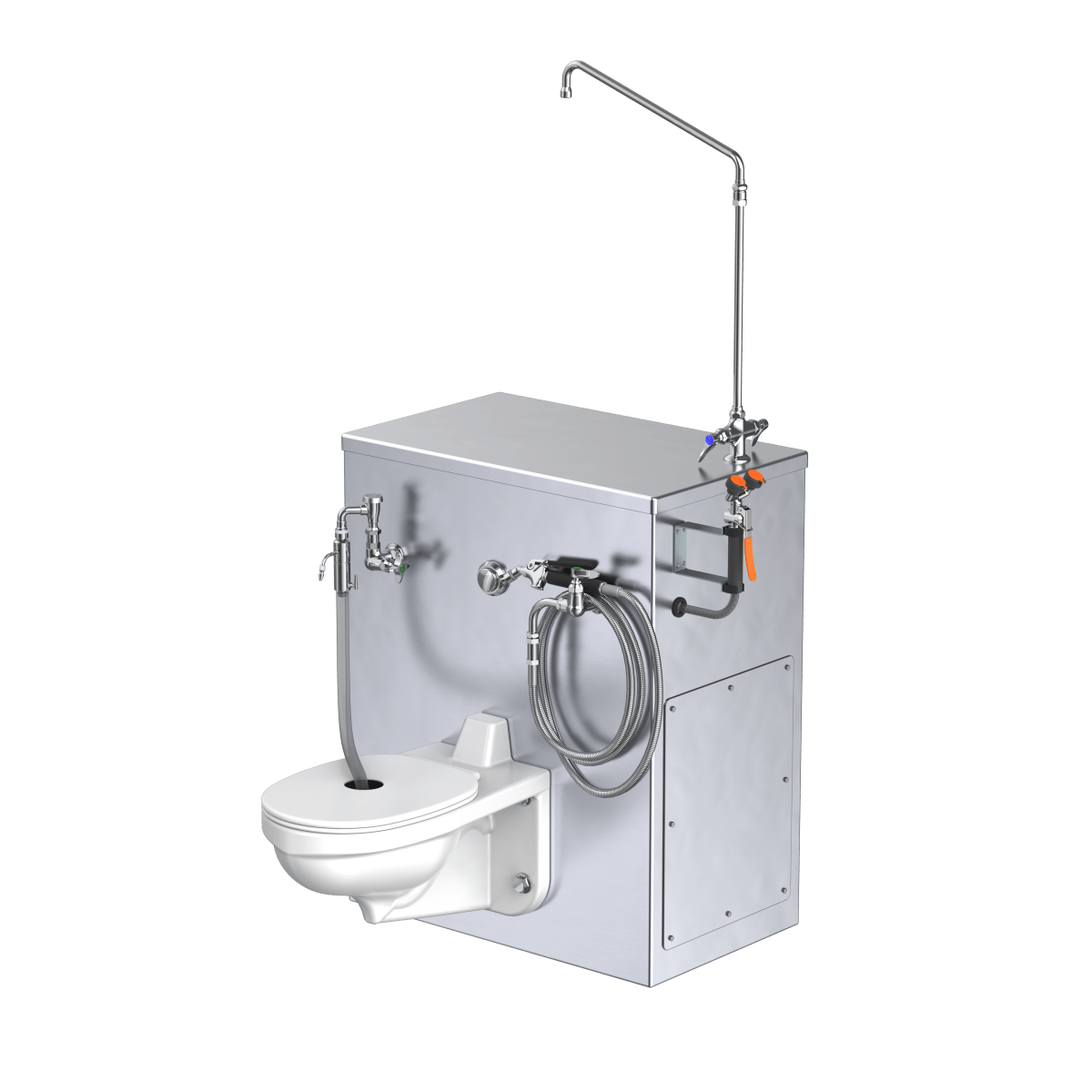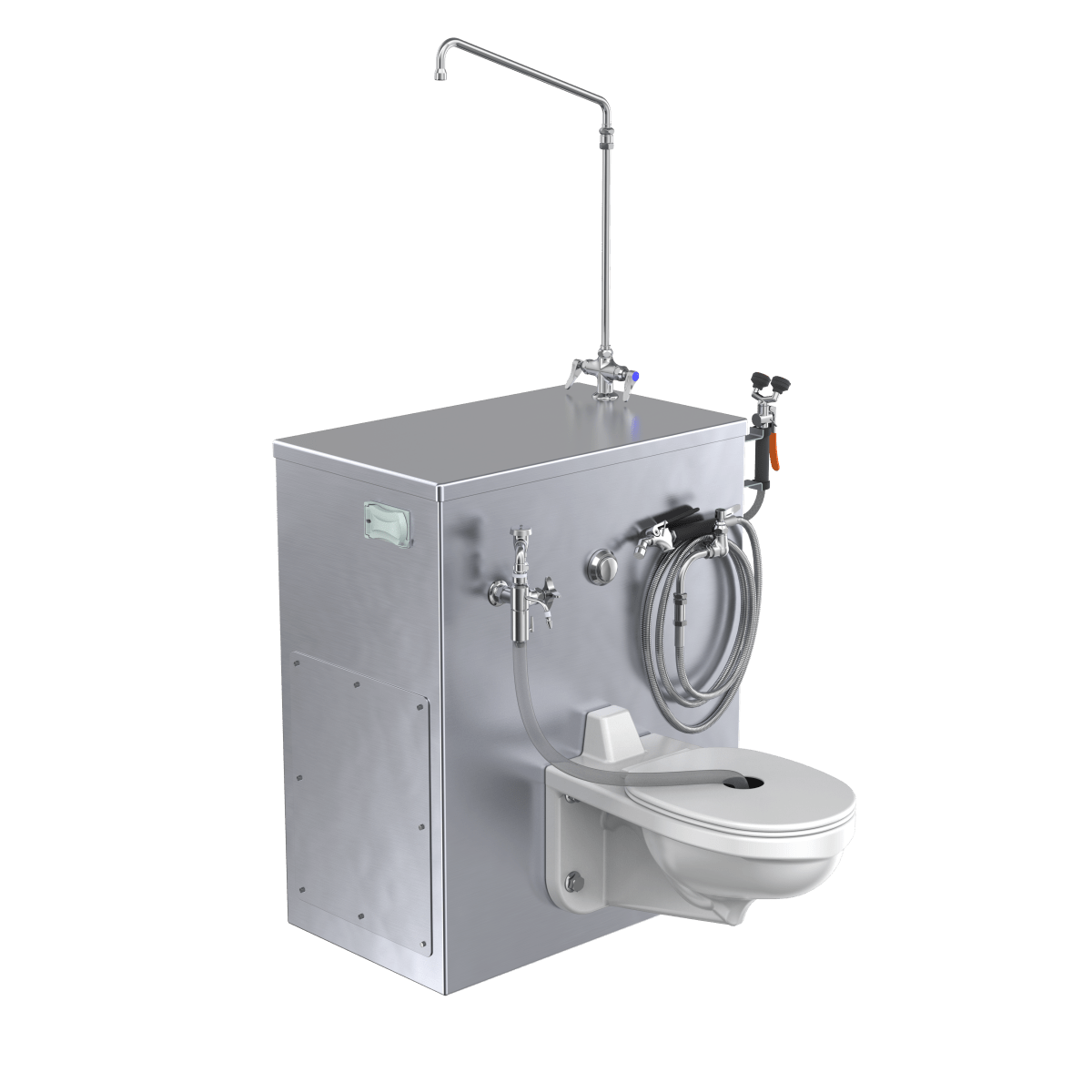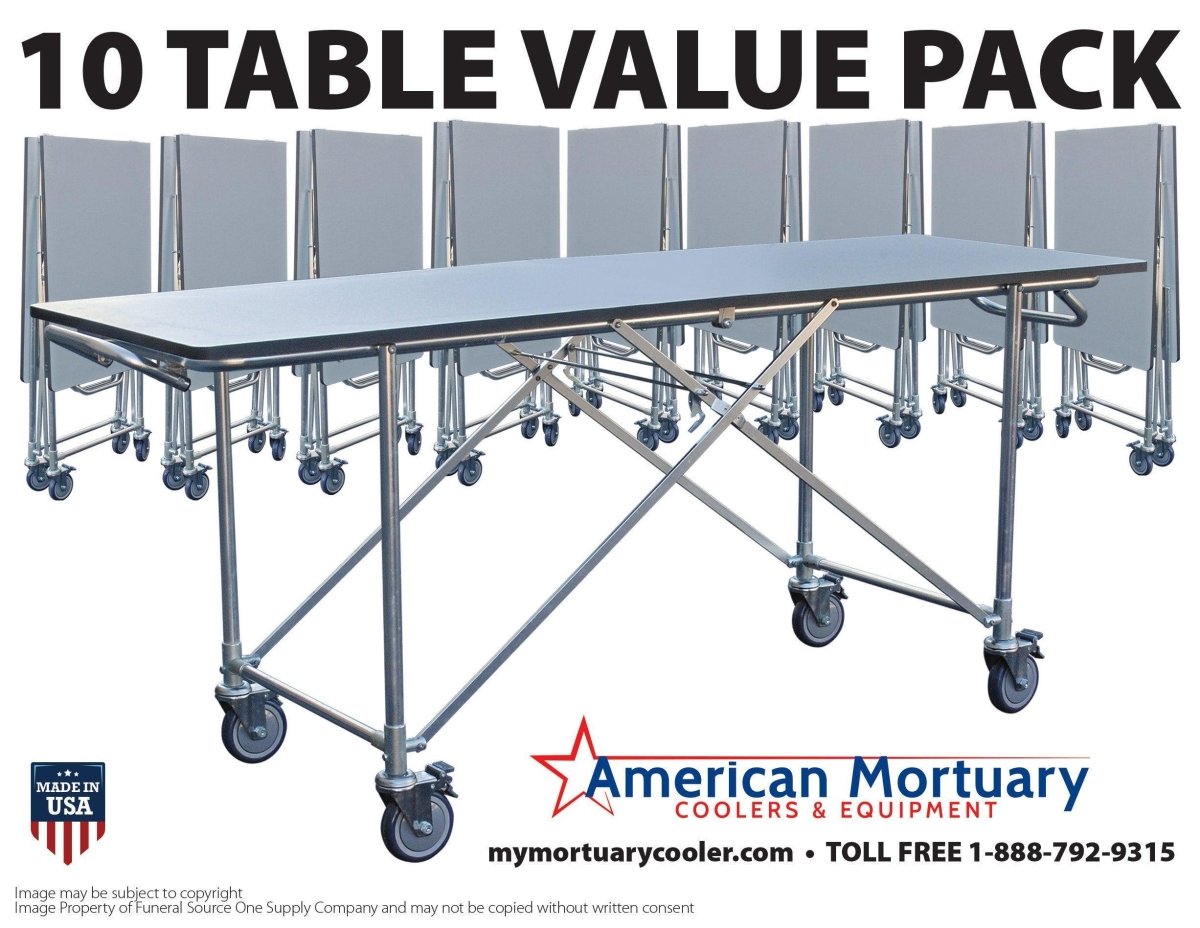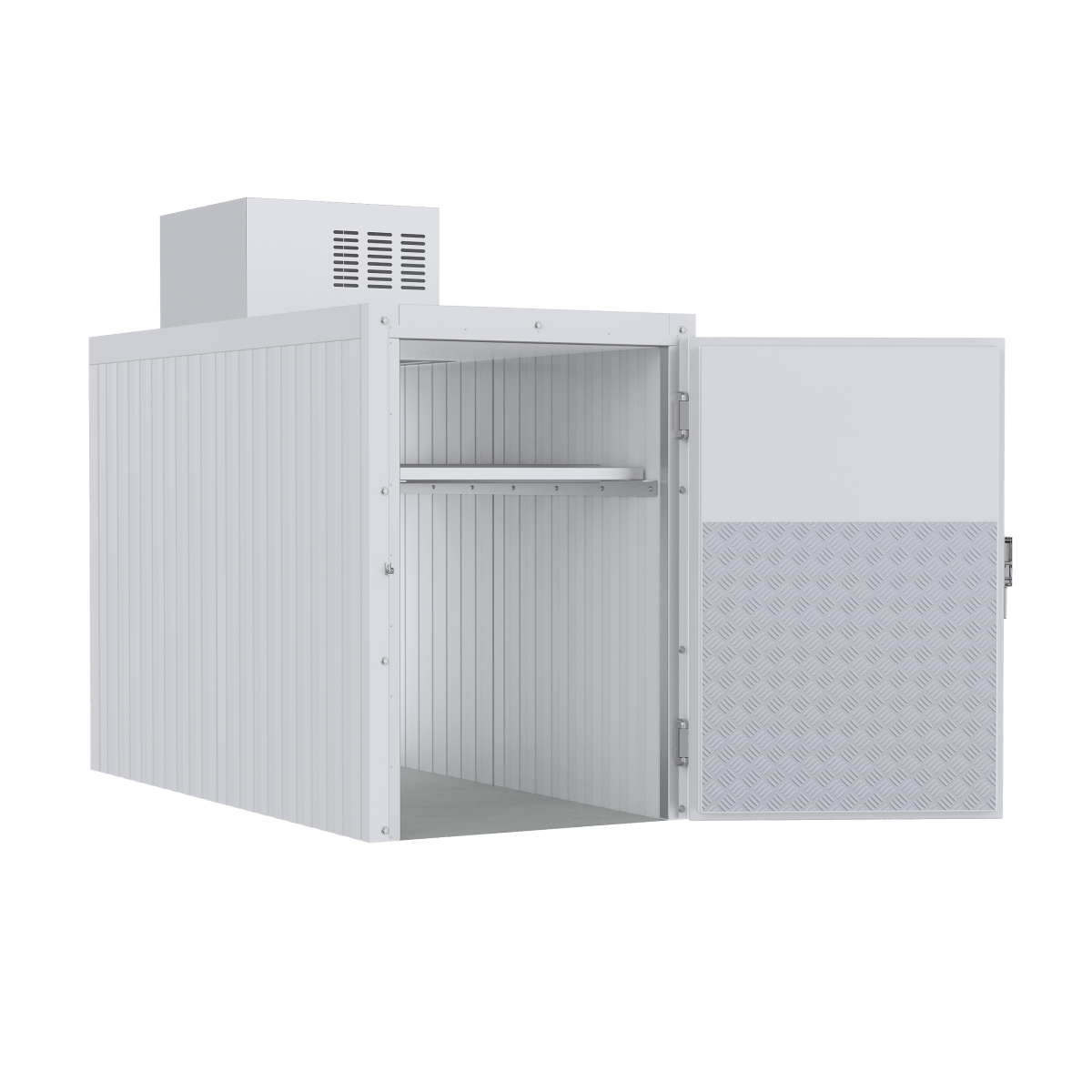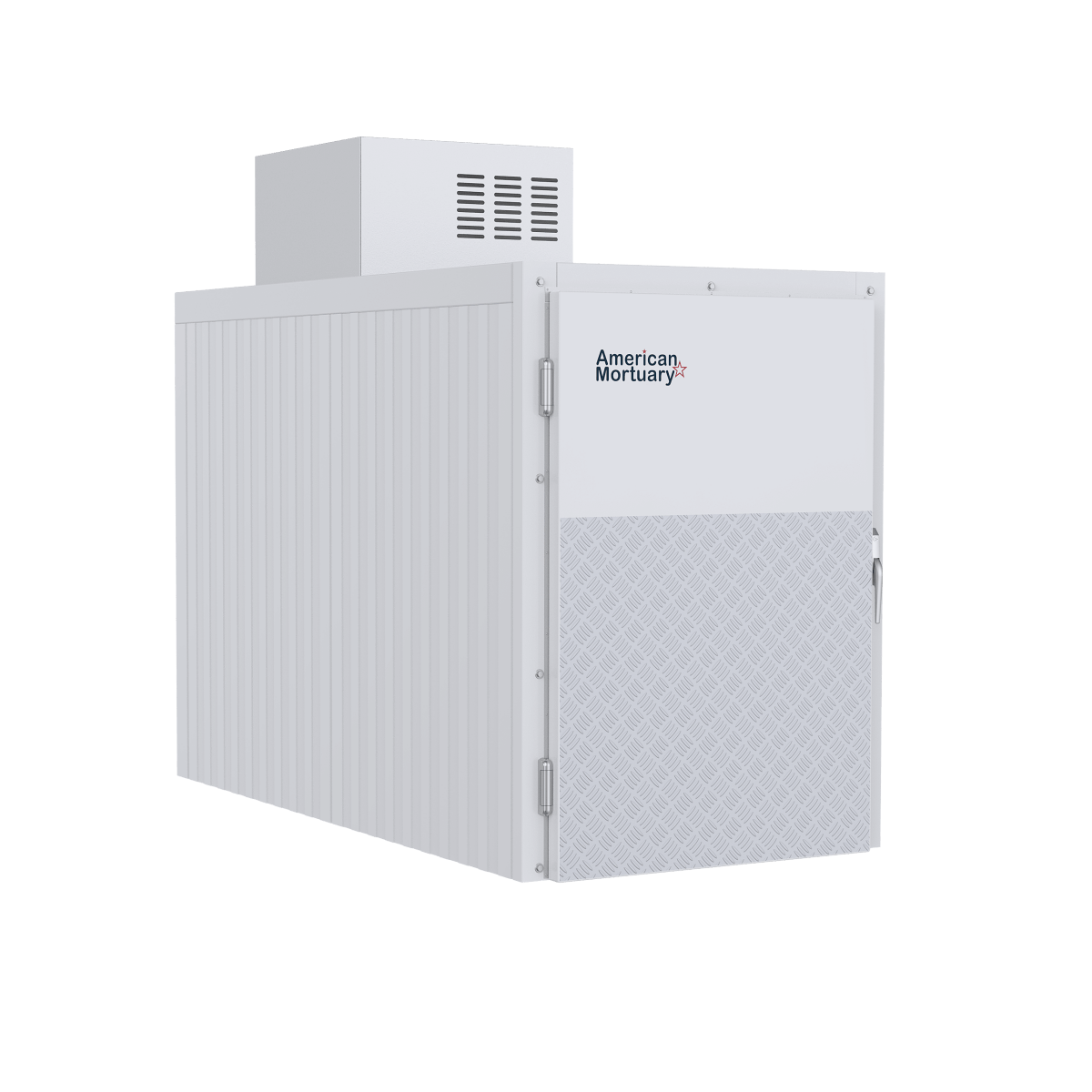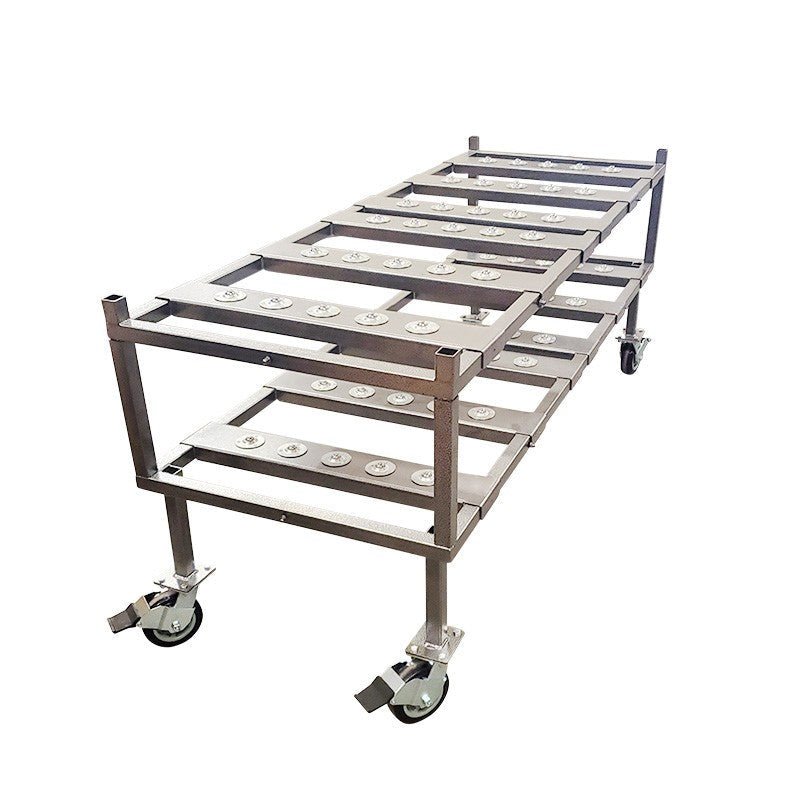Essential Tools of the Trade: Understanding Mortuary Instruments
Mortuary tools are specialized instruments used by funeral directors, embalmers, and forensic professionals to prepare deceased individuals for viewing, burial, or cremation. These tools have evolved significantly over time while maintaining their essential purpose.
| Common Types of Mortuary Tools | Primary Function |
|---|---|
| Embalming Instruments | Used to introduce preservative fluids into the body |
| Autopsy Tools | Designed for postmortem examinations |
| Positioning Devices | Help arrange the body in a natural position |
| Cosmetic Instruments | Used for restoration and presentation |
| Body Handling Equipment | Facilitate safe transport and positioning |
For funeral home directors and morticians, having the right mortuary tools is essential for providing dignified, professional service to families during their time of need. Most modern mortuary facilities use a combination of traditional instruments that have remained largely unchanged for decades, alongside innovative new tools designed to improve efficiency, safety, and results.
The history of mortuary tools dates back centuries, with significant advancements occurring during the American Civil War when embalming became more widespread. Today's mortuary professionals benefit from tools crafted with precision engineering, medical-grade materials, and ergonomic designs.
Many of these specialized instruments, from arterial tubes to cavity chemical injectors, serve specific purposes in the embalming process. As one manufacturer notes, "The use of this injector for cavity fluids minimizes the fumes when injecting the cavities," demonstrating how modern tools address both functional needs and safety concerns.
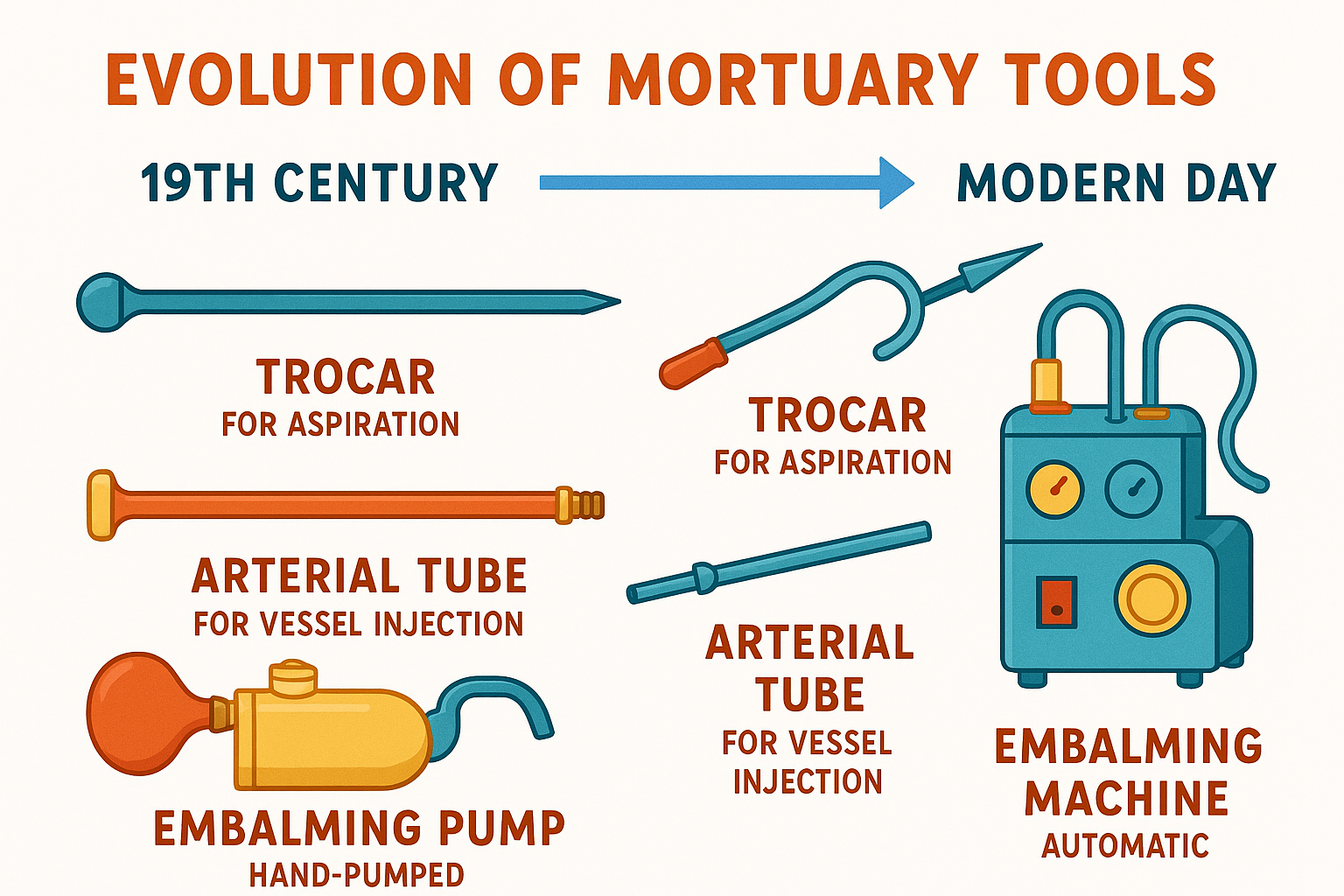
The Essential Mortuary Tools and Their Functions
When it comes to the funeral profession, having the right tools isn't just about efficiency—it's about providing dignified care for the deceased and comfort for families during difficult times. At American Mortuary Coolers, we've seen how quality mortuary tools make all the difference in funeral service operations. Let's explore the essential instruments that funeral professionals rely on daily.
Embalming Instruments: Core Mortuary Tools
The art of embalming requires specialized instruments designed with both precision and respect in mind. These mortuary tools are the cornerstone of preservation work.
Arterial tubes connect to embalming machines and deliver preservative fluids throughout the body's vascular system. Think of them as the delivery system for embalming fluid. Some embalmers prefer curved tubes with slip hubs for easier insertion into arteries, while others reach for straight tubes depending on the specific needs of each case.
The cavity chemical injector plays a crucial role in preservation by introducing chemicals directly into body cavities. Modern versions are thoughtfully designed to reduce fumes during the process—a small but meaningful improvement that makes the embalmer's job safer and more comfortable.
Perhaps no tool is more iconic in embalming than the trocar. This hollow, pointed instrument serves two vital functions: removing fluids and gases from body cavities and introducing cavity embalming fluid. Trocars come in various lengths from 16 to 22 inches to accommodate different body types. The smaller 3/16" slaughter trocar, with its exceptionally fine point, shows how specialized these tools can be—this particular instrument is perfect for the gentle work required for infant cases.
Closing incisions requires sutures and needles designed specifically for post-mortem work. Half-curved and straight suture needles each have their place in the embalmer's toolkit, alongside specialized post-mortem needles and aneurysm needles for vascular work.
Autopsy Tools: Specialized Mortuary Tools
The tools used in post-mortem examinations require exceptional precision and durability to help medical examiners determine cause of death with accuracy and respect.

Scalpels are the foundation of autopsy work, with handles typically priced around $6.15 and disposable blades sold in packs. Post-mortem scalpels feature longer handles than their surgical counterparts, giving pathologists better control during examinations.
When it comes to examining skeletal structures, bone saws become essential. Oscillating saws offer precision for detailed work, while traditional hand saws provide the control needed in certain situations. The choice between powered and manual tools often comes down to the pathologist's preference and the specific requirements of each case.
Forceps come in seemingly endless varieties, each designed for specific tasks. Bone cutting forceps make clean cuts through smaller bones, while dissecting forceps allow for precise tissue manipulation. Looking at historical collections from the 1860s-1880s reveals how these fundamental designs have stood the test of time—a comprehensive post-mortem set from that era contained fifteen specialized instruments including costotome chisels and chain hooks that aren't so different from tools used today.
The autopsy toolkit also includes rib shears for accessing the chest cavity, chisels and gouges for detailed bone examination, and retractors to provide clear visualization of internal structures. Each tool represents decades of refinement to serve its specific purpose with dignity and precision.
Funeral Service Equipment
Beyond the handheld instruments, funeral professionals rely on larger equipment that forms the backbone of their facilities.
Embalming tables serve as the primary workstation for preparation procedures. Constructed from high-quality 14-gauge 304 stainless steel, these tables combine durability with functionality. Many feature drainage systems and height adjustments to reduce physical strain on embalmers during their detailed work.
Mortuary stretchers have evolved significantly in recent years, with innovations focusing on both functionality and safety. The MOBI F1200 Pro Oversized Mortuary Cot exemplifies this progress, designed to safely transport larger individuals with dignity. Today's stretchers often include battery-powered lift systems and digital weight scales, reducing the physical burden on funeral staff while providing useful information for preparation.
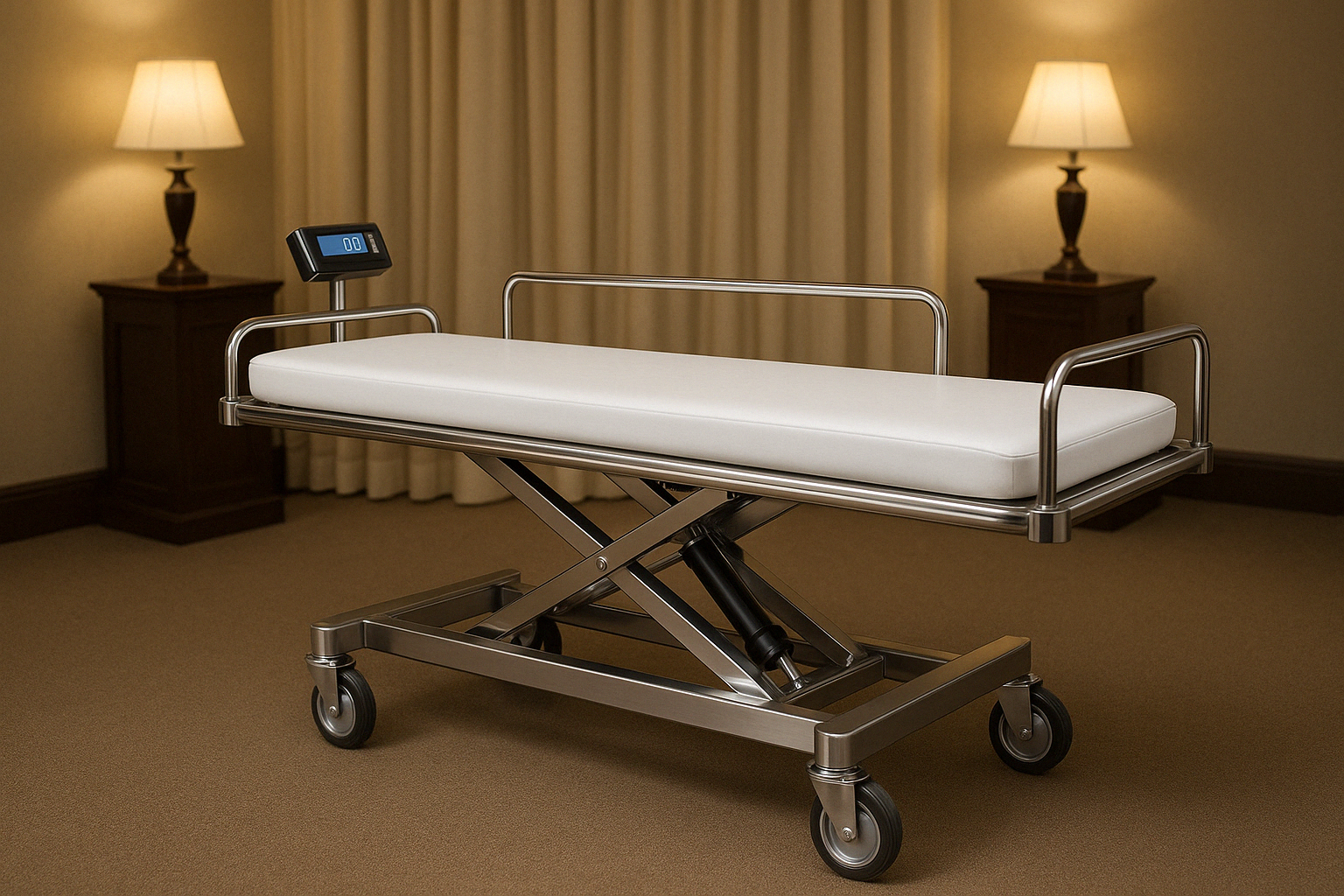
Body bags may seem simple but they're carefully designed for their purpose. Standard sizes (38" x 90") use white embossed high-density 8 mil virgin PVC for durability and discretion. Heavy-duty versions provide extra security during transportation, while specialized disaster pouches stand ready for the most challenging circumstances.
Body trays work hand-in-hand with mortuary coolers for temporary preservation. Built to order with industrial-grade materials, quality trays are designed to last 20+ years of daily use. Some feature break-apart designs for thorough cleaning—a thoughtful detail that speaks to the attention required in this profession.

The funeral profession also relies on body positioner blocks to help create a natural, peaceful appearance, roller racks for efficient storage, and lift straps for safer handling. Each piece of equipment, while perhaps not visible to families, contributes to the dignified care that defines professional funeral service.
At American Mortuary Coolers, we understand that our cooling systems are just one part of the comprehensive toolkit needed by funeral professionals across Tennessee, Georgia, New York and beyond. The right tools—from the smallest trocar to the largest cooler—work together to support the meaningful work of caring for the deceased and serving families during their time of need.
Evolution of Mortuary Tools: From Past to Present
The evolution of mortuary tools tells a fascinating story that mirrors our society's changing relationship with death and funeral practices. This journey through time reveals not just technological progress, but also shifting cultural attitudes toward caring for the deceased.
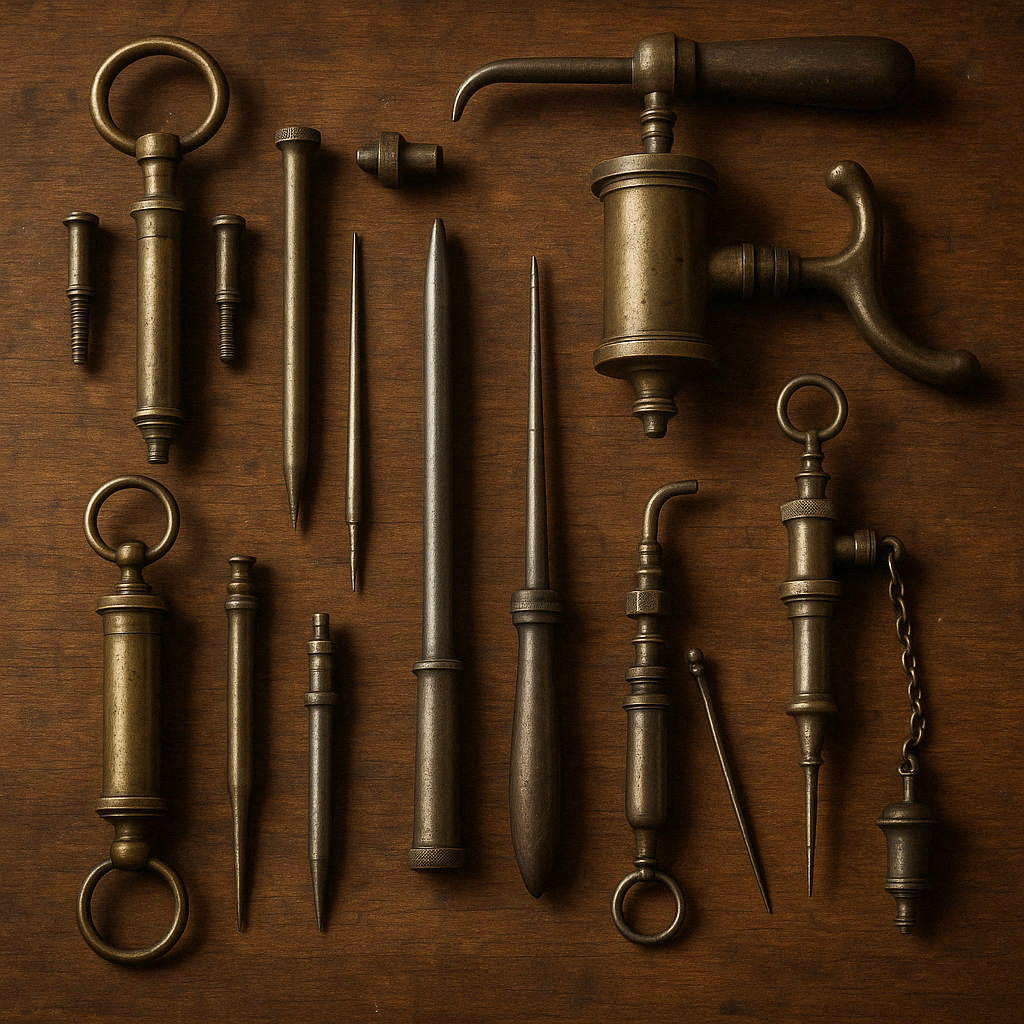
Early Mortuary Practices and Tools
Before the mid-1800s, death care was a family affair. When someone passed away, their loved ones would typically wash and dress the body using ordinary household items. There was little emphasis on preservation – families might place the body on cooling boards or use ice when available. The earliest dedicated mortuary tools were remarkably simple: wooden boards to straighten the body, coins to keep eyelids closed, and cloths to bind the jaw shut until rigor mortis set in.
The Civil War Era: A Turning Point
The Civil War changed everything. With thousands of soldiers dying far from home, families wanted their loved ones returned for proper burial. This created an unprecedented need for embalming and preservation techniques.
Dr. Thomas Holmes, often called the "Father of Modern Embalming," stepped forward during this critical period. His innovations included basic gravity-fed fluid containers that would look primitive by today's standards but were at the time. The arterial tubes he developed were far simpler than modern versions but followed the same fundamental principles we still use today.
The Victorian Era and Formalization of the Funeral Industry
As the 19th century progressed, death care transitioned from a family responsibility to a professional service. The Victorians, with their elaborate mourning customs, helped establish funeral directing as a formal profession.
Companies like Coxeter & Co. of London began manufacturing specialized post-mortem instrument kits designed specifically for funeral professionals. These neat wooden cases contained dedicated tools that would no longer be confused with medical or household implements. Early embalming machines, still manually operated but more sophisticated than Civil War-era equipment, started appearing in funeral establishments across America and Europe.
Historical Tools Still in Use Today
It's remarkable how many mortuary tools have maintained their basic design for over a century. While materials and manufacturing have certainly improved, the fundamental forms remain recognizable:
Aneurysm Needles from the 1800s would be instantly familiar to today's embalmers. These specialized curved needles with eyes at the tip were once made of carbon steel or silver; today they're crafted from surgical-grade stainless steel, but their purpose and design remain largely unchanged.
Post-mortem Sets from 1860s contained instruments that would not look out of place in a modern preparation room. A historical set from this period typically included fifteen specialized tools – from costotome chisels to post-mortem hammers – many of which have modern counterparts that function almost identically.
Coxeter & Co. may no longer exist as a company, but their influence lives on. This London-based surgical instrument maker established design standards that continue to inform modern mortuary tools. Their legacy reminds us that good design endures, even in specialized fields like mortuary science.
The 20th Century: Technological Advancement
The 1900s brought significant innovations to the funeral profession. Manual pumps gave way to electric embalming machines, dramatically improving consistency and reducing physical strain on embalmers. Stainless steel became the material of choice, offering superior sanitation compared to earlier materials.
The mid-century period saw the development of specialized cosmetic instruments for restoration work, reflecting growing expectations for viewing presentations. Hydraulic embalming tables improved ergonomics for funeral professionals, acknowledging the physical demands of the profession and the importance of proper working conditions.
The Digital Age and Modern Innovations
Today's mortuary tools blend time-tested designs with cutting-edge technology. Computerized embalming machines now precisely control fluid pressure and flow, taking the guesswork out of embalming procedures. Restoration artists benefit from laser-based tools that allow for incredibly precise work.
Some of the most impressive modern innovations focus on staff safety and efficiency. Battery-powered mortuary lifts with LCD digital weight scales have transformed body handling, reducing workplace injuries while providing valuable information for casket selection and other arrangements. Preparation room surfaces now incorporate antimicrobial properties, creating a safer working environment.
The Assorted Antique Embalming Tools Poster showcases this remarkable journey from past to present – a visual reminder of how far we've come while honoring the ingenuity of those who came before us.
At American Mortuary Coolers, we deeply appreciate this rich history. Our modern mortuary coolers may look very different from the ice boxes of yesteryear, but they serve the same essential purpose. We've simply combined time-tested principles with modern technology to create equipment that better serves funeral professionals across Tennessee, Georgia, New York, and beyond.
Differences Between Key Embalming Instruments
When preparing the deceased with dignity and care, having the right tool for each specific task makes all the difference. The various mortuary tools used in embalming each serve unique purposes, and understanding their differences helps funeral professionals provide the best possible service.
Arterial Tubes vs. Cavity Chemical Injectors
Arterial tubes and cavity injectors might seem similar at first glance, but they serve completely different functions in the embalming process.
Arterial tubes are the slender, precision instruments that deliver preservation fluid throughout the body's vascular system. These come in various shapes—curved, straight, or angled—to access different arteries depending on the case. The tubes range from delicate 1/8" diameter versions for smaller vessels to more substantial 3/8" options for larger arteries. When connecting an arterial tube to the embalming machine, the embalmer can choose between slip hub or threaded connections based on their preference and the specific situation.
In contrast, cavity chemical injectors have a more focused job. After removing natural fluids from body cavities, these specialized tools deliver preservative chemicals directly into the thoracic and abdominal areas. Modern designs have significantly improved safety for funeral professionals, as one manufacturer notes, they "minimize the fumes when injecting the cavities." These injectors typically feature control valves that prevent chemical backflow—a thoughtful design element that protects both the embalmer and the integrity of the procedure.
Trocars vs. Aspirators
The relationship between trocars and aspirators demonstrates how mortuary tools often work together in complementary ways.
Trocars are substantial instruments—long, hollow, and pointed—designed first to puncture and then to treat body cavities. They come in various sizes, typically ranging from 16" to 22" in length, with the choice depending on the physical build of the deceased. The specialized 3/16" slaughter trocar, with its extremely fine point, serves a specific purpose for infant cases, autopsy work, and parietal applications—showing how even within a single category of tool, subtle variations address different needs.
Aspirators, on the other hand, create the necessary suction to remove fluids during the embalming process. Many modern aspirators feature anti-clogging designs that help maintain consistent suction throughout the procedure. Some operate using water pressure through a venturi effect, creating reliable suction without the need for electric pumps. When used in sequence with trocars, aspirators help ensure thorough preparation of the body cavities before preservation chemicals are introduced.
Comparison Table of Key Embalming Instruments
| Instrument | Primary Purpose | Typical Sizes | Special Features | When Used |
|---|---|---|---|---|
| Arterial Tubes | Introduce arterial fluid | 1/8" to 3/8" diameter | Curved, straight, or angular designs | Initial embalming phase |
| Cavity Injectors | Deliver cavity chemicals | Various lengths | Minimize fumes, controlled flow | After cavity aspiration |
| Trocars | Aspirate and treat cavities | 16" to 22" length, 3/16" to 3/8" diameter | Sharp or blunt tips, with or without cleaning rods | Middle phase of embalming |
| Aspirators | Create suction for fluid removal | Various | Anti-clogging designs, water-powered options | Throughout embalming process |
| Aneurysm Hooks | Locate and raise vessels | 5" to 7" length | Plain point, probe point, sharp or blunt tips | Initial arterial location |
| Scalpels | Make incisions | #3 handles with various blades | Disposable or reusable options | Beginning of procedure |
Specialized Adaptors and Connectors
The world of mortuary tools includes a variety of connectors that might seem minor but actually play a crucial role in creating a versatile embalming system. These include female to Luer Lock adaptors, male to Luer Lock adaptors, and specialized adapters for Quick Connect systems and Slaughter Hypo Valve Trocars.
Think of these adaptors as the unsung heroes of the preparation room—they ensure that different instruments work seamlessly together, allowing funeral professionals to switch between tools quickly as the embalming process progresses. This adaptability is especially important when working with challenging cases that might require multiple approaches.
Instrument Selection Considerations
Choosing the right mortuary tools for each case requires both experience and thoughtful consideration. Funeral professionals typically weigh several factors when selecting instruments:
The physical condition of the deceased significantly influences tool selection—different circumstances may require specialized approaches. Timing matters too; the interval between death and embalming affects which instruments will be most effective. Body size is another crucial consideration, with different instrument dimensions appropriate for different builds.
Each case presents unique preservation challenges that might require specific tools or techniques. And ultimately, the desired final appearance guides many tool choices, as different instruments may achieve varying cosmetic results.
At American Mortuary Coolers, we understand that proper preservation begins well before the embalming process starts. Our mortuary coolers maintain optimal conditions for bodies awaiting preparation, complementing the careful work done with these specialized instruments. Whether serving funeral homes in Tennessee, Georgia, or any of the 48 contiguous states, we provide the foundation that supports the skilled use of these essential mortuary tools.
Modern Innovations Improving Efficiency and Safety
The funeral service industry has acceptd remarkable technological advancements in recent years, bringing mortuary tools into the modern era. These innovations aren't just about keeping up with technology – they're about creating better working conditions for the dedicated professionals who serve families during their most difficult times.
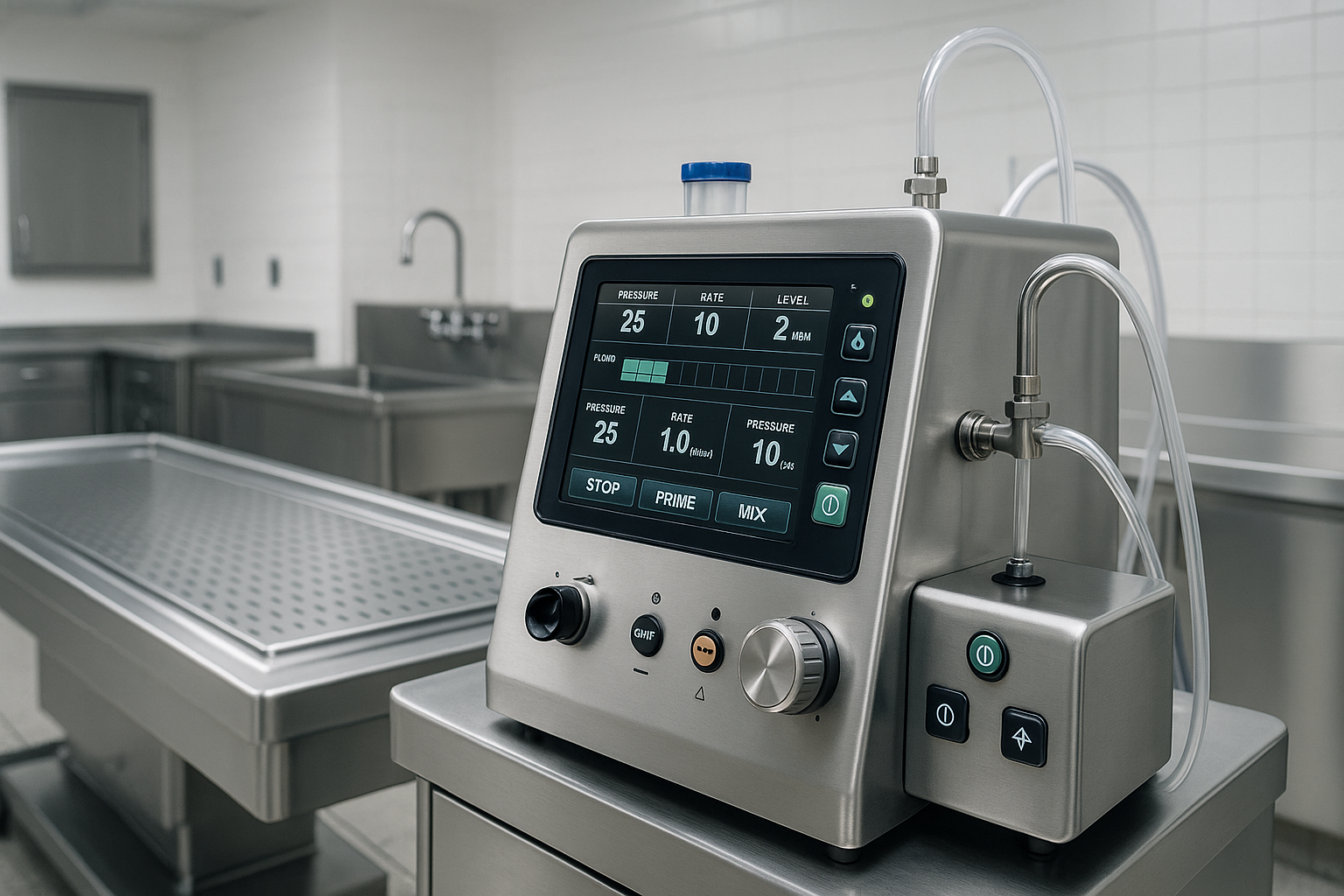
Advanced Embalming Systems
Remember those old manual embalming machines that required constant adjustment and made enough noise to wake the... well, you know? Today's systems are a different world entirely.
Modern embalming machines now feature digital pressure controls that automatically adjust to maintain perfect flow rates. No more constant manual tweaking! These sophisticated systems measure and record the exact amount of fluid delivered, giving embalmers unprecedented precision and consistency.
What's particularly impressive is how these machines incorporate integrated filtration systems that prevent clogging of arterial tubes. And thankfully for everyone working in the preparation room, they operate at a whisper compared to their noisy predecessors. A peaceful environment makes a difference when you're performing such detailed, important work.
Battery-Powered Mortuary Lifts
Perhaps the most back-saving innovation in mortuary tools has been the development of powered lift systems. Ask any funeral director with 20+ years in the profession, and they'll likely share stories about the physical toll of manually lifting and moving deceased individuals.
Today's battery-powered mortuary lifts eliminate that strain completely. Many models include built-in LCD digital weight scales that provide precise measurements – crucial information for both cremation documentation and selecting the appropriate casket.
The capacity of these lifts has improved dramatically too, with current models safely handling weights exceeding 1,000 pounds. This reflects a thoughtful response to changing demographics and ensures dignity for every individual in our care. The addition of 360-degree maneuverability makes navigating tight preparation rooms significantly easier, even in older funeral homes with limited space.
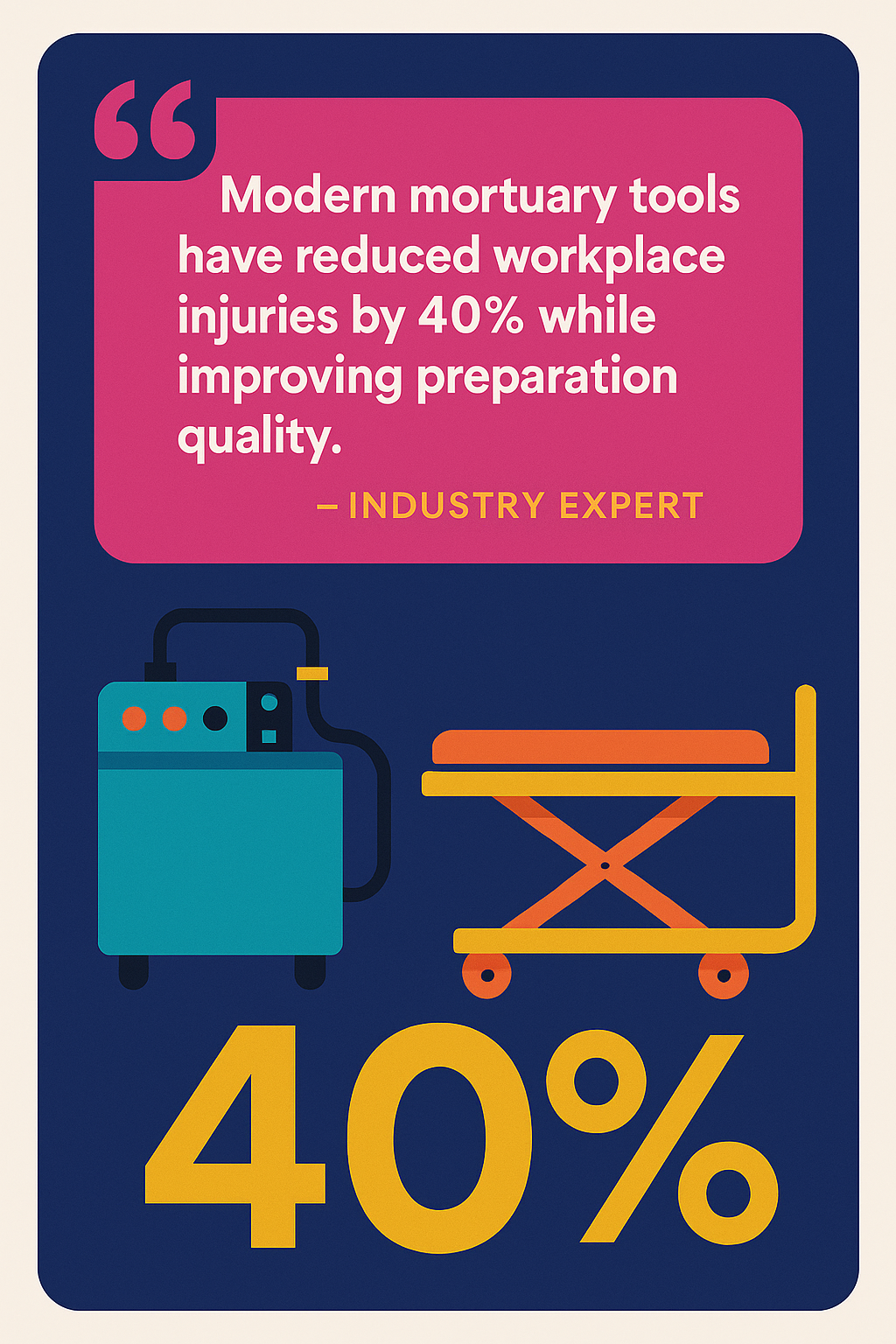
Antimicrobial Surfaces and Materials
Safety improvements extend to the very materials used in creating mortuary tools. High-quality 304 stainless steel with antimicrobial properties has become the gold standard for embalming tables, body trays, and instruments. These non-porous surfaces prevent fluid absorption and make thorough cleaning more effective.
Chemical-resistant coatings now protect equipment from the naturally corrosive effects of embalming chemicals. This isn't just about equipment looking nice – it significantly extends the lifespan of these substantial investments for funeral homes.
Improved Respiratory Protection
Anyone who's spent time in an embalming room understands the importance of proper respiratory protection. Modern systems have made significant strides in this area.
Today's respirators feature advanced formaldehyde and organic vapor cartridges specifically designed for funeral service environments. The 3M Formaldehyde & Organic Vapor Cartridges, for example, are engineered to filter the specific chemicals used in embalming. Many systems now integrate face shields with respiratory protection, providing comprehensive safety during all procedures.
How Modern Mortuary Tools Improve Procedures
These technological advances have transformed preparation procedures in meaningful ways that benefit both the professionals and the families they serve.
Improved Efficiency
Modern mortuary tools allow embalmers to complete procedures more quickly without sacrificing quality. The days of wrestling with equipment or working around design flaws are largely behind us. Today's instruments feature ergonomic designs that reduce fatigue during lengthy procedures – a welcome change for professionals who may spend hours performing detailed work.
Integrated systems with compatible components have streamlined workflows by eliminating unnecessary steps. What once might have taken hours can often be accomplished more efficiently, allowing funeral professionals to dedicate more time to the personalized aspects of service.
Improved Safety
Safety improvements are perhaps the most meaningful advances in modern mortuary tools. As one product description notes, "The use of this injector for cavity fluids minimizes the fumes when injecting the cavities." This simple design improvement directly addresses a significant health concern for embalmers.
The physical demands of funeral service have been dramatically reduced through powered lifts and adjustable-height embalming tables. Back injuries – once almost an expected part of a career in funeral service – can now be largely prevented through thoughtful equipment design.
Antimicrobial surfaces and improved cleaning protocols have also reduced the risk of disease transmission, protecting both the professionals and the families they serve.
Better Results
For families, the most important benefit of improved mortuary tools may be the improved quality of preparation. Advanced instruments allow for more precise fluid distribution and tissue manipulation, resulting in a more natural appearance for viewing – which can be incredibly meaningful for grieving families.
Computerized systems help standardize procedures, ensuring consistent outcomes regardless of which embalmer performs the preparation. And specialized tools for challenging cases, like the extremely fine-pointed 3/16" slaughter trocar designed specifically for infant and autopsy work, demonstrate how modern tools address even the most difficult situations with sensitivity and precision.
At American Mortuary Coolers, we accept these innovations in our mortuary refrigeration systems. Our coolers incorporate features like antimicrobial surfaces, energy-efficient cooling, and digital temperature monitoring to complement the advanced mortuary tools used in modern funeral service. Available throughout the Midwest, Northeast, Rocky Mountain, Southeast, Southwest, and Pacific regions, our cooling systems are designed with the same commitment to excellence that drives all modern improvements in funeral service equipment.
Selecting High-Quality Mortuary Tools and Equipment
Choosing the right mortuary tools is a crucial decision that affects everything from the quality of service you provide to families to how efficiently your funeral home operates day-to-day. At American Mortuary Coolers, we understand this deeply—after all, we apply the same exacting standards to our coolers that we recommend for all mortuary equipment.
Key Considerations for Tool Selection
When you're evaluating new mortuary tools for your funeral home, several factors should guide your decision-making process.
First and foremost is material quality. High-quality instruments are typically crafted from 304 stainless steel, which offers exceptional resistance to corrosion even with daily exposure to chemicals and fluids. We've seen how industrial-grade materials can truly "last 20 years" with regular use. The best tools feature seamless construction—eliminating those tiny crevices where biological material might hide and making thorough cleaning much easier. And don't overlook the importance of weight and balance; well-crafted instruments feel right in your hands, reducing fatigue during those longer procedures.
Ergonomics matter tremendously in this profession. The handle design of your instruments can make the difference between comfort and hand strain during detailed work. Look for non-slip surfaces that provide secure grip even when wearing gloves or working with fluids. And whenever possible, choose versatile tools that serve multiple purposes—they're not just more cost-effective but also streamline your workflow.
The reputation of the manufacturer should never be an afterthought. Companies with long histories in the mortuary industry—some boasting "150+ years of service"—have typically refined their manufacturing processes and quality control standards over generations. These established manufacturers usually stand behind their products with meaningful warranties and provide better technical support when you need it.
Safety compliance isn't negotiable in our industry. Every tool and piece of equipment should meet or exceed OSHA standards. All materials should carry proper certification for mortuary settings, ensuring they're safe for both the practitioner and the deceased.
Supplier Standards and Relationships
Your relationship with equipment suppliers can be just as important as the tools themselves. The best suppliers offer ongoing technical support and demonstrate deep knowledge about how their products perform in real-world mortuary settings. Reliability is crucial—you need consistent availability of both tools and replacement parts to ensure uninterrupted service.
At American Mortuary Coolers, we're quite selective about our manufacturing partners. As we often tell our customers across Tennessee, Georgia, Illinois, and all our service regions, "we demand the very best" from our suppliers—and you should too.
Investment vs. Cost Considerations
When it comes to mortuary tools, focusing solely on the initial price tag can lead to disappointment down the road. Higher-quality instruments might cost more upfront, but they typically deliver superior lifetime value through increased durability and performance. Premium tools generally require less frequent replacement and repair, which reduces your long-term maintenance expenses.
There's also an efficiency benefit that's harder to quantify but no less real: better tools simply improve workflow, potentially reducing labor costs while enhancing the quality of your service. In the mortuary business, that quality directly affects how families remember their experience with your funeral home.
Customization Options
The ability to tailor equipment to your specific needs has become increasingly important in modern funeral service. Many suppliers now offer customization options—you'll often see notes like "Call For Custom Sizes" in product listings. This flexibility ensures you can meet specific facility requirements or accommodate special cases.
Specialized function is another aspect of customization worth considering. Tools designed specifically for infant cases or bariatric individuals ensure you're prepared for all situations that might arise. And of course, any new equipment should integrate seamlessly with your existing facilities and workflows.
For more detailed guidance on selecting the right equipment for your specific needs, you might find our article on choosing the best autopsy tables helpful.
Maintenance and Hygiene of Mortuary Tools
The care you provide for your mortuary tools directly affects both their longevity and the safety of your preparation room. Proper maintenance isn't just good business—it's an essential aspect of professional practice.
Cleaning Procedures
After each use, tools should be rinsed immediately with cool water to prevent biological materials from drying and becoming difficult to remove. Many funeral homes now use ultrasonic cleaners, which use high-frequency sound waves to dislodge particles from even the tiniest crevices and joints—places that might be missed with manual cleaning.
Always use detergents specifically formulated for mortuary instruments. These specialized cleaners effectively remove biological materials without damaging the tools' surfaces or finishes. And don't underestimate the importance of thorough drying before sterilization or storage—moisture is the enemy of metal instruments, potentially leading to corrosion and premature wear.
Sterilization Methods
Different types of mortuary tools may require different sterilization approaches. Steam sterilization in an autoclave works wonderfully for most metal instruments, providing hospital-grade disinfection. For more sensitive tools, chemical sterilization using specialized solutions might be more appropriate. Many modern preparation rooms also incorporate UV sterilization cabinets for additional protection between uses.
Regular Inspection and Maintenance
Preventive maintenance significantly extends the useful life of your instruments. Cutting tools like scalpels and scissors need regular sharpening to maintain their effectiveness. Moving parts should receive medical-grade lubrication to ensure smooth operation. And developing a habit of regularly inspecting all your tools for cracks, corrosion, or other damage helps catch problems before they affect your work.
At American Mortuary Coolers, we apply these same principles of quality selection and maintenance to our mortuary refrigeration systems. We're committed to ensuring that funeral homes across our service regions receive equipment that meets the highest standards of durability, performance, and value—because we understand that in this profession, the quality of your tools directly reflects the quality of care you provide to families during their most difficult moments.
The Role of Mortuary Tools in Forensic Investigations and Autopsies
Behind the scenes of criminal investigations and medical examinations lies a world where mortuary tools serve a purpose far beyond traditional funeral services. These specialized instruments become the silent partners of forensic pathologists and medical examiners, helping them uncover the truth about how and why someone died.
Forensic Mortuary Tools and Their Applications
When you watch crime shows on television, you might catch glimpses of the tools used in autopsy rooms, but the reality is both more complex and more fascinating. Forensic pathologists rely on a carefully curated collection of mortuary tools that combine precision engineering with specialized design.
A typical forensic examination requires an array of instruments, each with its own unique purpose. Bone cutting forceps make clean cuts through smaller bones, while their counterparts, bone holding forceps, provide the secure grip needed when examining bone specimens. The delicate work of handling tissues falls to dissecting forceps, which allow for the precise manipulation needed during detailed examinations.
At the heart of any post-mortem kit are the scalpels and blades. These primary cutting tools come in various shapes and sizes, each designed for specific types of incisions and tissue work. When it comes to examining the chest cavity, rib shears make quick work of opening the rib cage, while post-mortem saws – both manual and electric versions – allow pathologists to section larger bones.
For more detailed bone examination, chisels and gouges paired with specially designed mallets give examiners controlled force for precise work. When examining brain tissue, specialized brain knives with their unique shapes make careful sectioning possible. And for exploring wounds or tracking bullet paths, slender probes become the pathologist's extended fingertips, reaching where human hands cannot.
What makes these tools special isn't just their design – it's the exacting standards they must meet. A slightly dull edge or imprecise instrument could compromise findings that might later be presented in court.
Real-World Use Cases in Forensic Settings
The work done with mortuary tools extends far beyond the autopsy room, touching many aspects of our justice system and historical understanding.
Criminal Investigations
In cases where foul play is suspected, these specialized instruments help investigators answer critical questions. Was death caused by a knife or a different weapon? How much force was used? Did death occur immediately or over time?
Through careful examination using precision mortuary tools, forensic pathologists can often determine not just the cause of death, but also the manner (whether homicide, suicide, or accident), approximate time, and even the sequence of events leading to death.
It's fascinating to note that while technology has advanced dramatically, many modern forensic tools follow design principles refined over centuries. The British postmortem instrument kit from around 1860, with its fifteen specialized instruments including costotome chisels and post-mortem hammers, shows how enduring good design can be in this field.
Mass Disaster Response
When tragedy strikes on a large scale – whether a natural disaster, plane crash, or other mass casualty event – specialized mortuary tools become essential for the difficult work of victim identification and cause determination. These tools must be portable, durable, and capable of functioning in challenging environments, often with limited supporting infrastructure.
The forensic teams responding to these events rely on their tools to help bring closure to families while also gathering evidence that might prevent future tragedies.
Historical and Archaeological Investigations
The same principles that guide modern forensic examinations also apply when examining historical remains. Forensic anthropologists adapt mortuary tools to carefully examine bones and artifacts that might be centuries old. Their work helps determine demographic information, identify evidence of disease or injury, and establish historical context for human remains.
This intersection of forensic science and archaeology has helped solve historical mysteries and provide new insights into how our ancestors lived and died. The Visible Proofs: Forensic Views of the Body exhibition beautifully showcases this evolution of forensic tools while highlighting their consistent essential functions.
The Intersection of Mortuary Science and Forensic Investigation
Funeral directors and forensic investigators often share knowledge and techniques, though their end goals differ considerably. Both fields require a deep understanding of human anatomy and preservation methods. The embalmer's skills in restoration have parallels in the forensic examiner's need to document and sometimes reconstruct injuries. Both professions also place high value on detailed, accurate record-keeping.
However, forensic applications place additional demands on mortuary tools that go beyond what's needed in funeral service. Chain of custody concerns mean tools must be maintained in ways that preserve evidence integrity. Many forensic instruments carry serial numbers or identifying marks to track exactly which tools were used in legally sensitive cases.
The precision requirements for forensic tools often exceed those used solely for funeral preparation. A slight measurement error might not affect a funeral viewing, but could significantly impact a court case. And because forensic findings may be challenged in legal proceedings, these tools must perform with absolute consistency and reliability.
At American Mortuary Coolers, we understand these specialized needs, which is why our forensic refrigeration units are designed to support proper evidence preservation. Our coolers complement the specialized mortuary tools used in medical examiner offices throughout Tennessee, Georgia, Illinois, South Carolina, Texas, California, New York, Pennsylvania, and beyond – ensuring that the crucial work of forensic investigation can proceed with reliability and precision.
When it comes to uncovering truth after death, the right tools make all the difference. The silent partnership between skilled examiners and their specialized instruments continues to serve justice, bring closure to families, and advance our understanding of both modern and historical human experiences.
Frequently Asked Questions About Mortuary Tools
What are the most important mortuary tools?
When funeral directors open their preparation room doors, they reach for certain mortuary tools day in and day out. While every professional develops their own preferences, there's a core set of instruments that form the backbone of mortuary work.
The embalming machine stands as the centerpiece of any preparation room. This remarkable device pumps and regulates the flow of embalming fluid throughout the body, allowing for precise control of the preservation process. Connected to this machine are arterial tubes – those slender, hollow instruments that deliver embalming fluid directly into the arteries. These come in various curves and sizes, each designed for specific vessels and situations.
Perhaps no tool is more distinctive in mortuary science than the trocar. This hollow, pointed instrument serves double duty – first removing fluids and gases from body cavities, then introducing preservation chemicals. As one embalmer told me, "A good trocar becomes an extension of your hand after years of practice." These come in working lengths from 16" to 22" to accommodate different body types.
Basic cutting tools like scalpels and scissors are essential for various procedures. A standard #3 scalpel handle costs around $6.15, with replacement blades typically sold in convenient packs. Equally important are forceps and hemostats for grasping tissues and vessels during embalming.
For locating and raising vessels, aneurysm hooks and needle injectors prove invaluable, while suture needles and thread allow for clean closure of incisions. Once the preservation work is complete, body positioners like the EZ Slider T-Strap help arrange the deceased naturally for viewing.
The physical demands of mortuary work require reliable stretchers and lifts for safely moving the deceased. Modern versions feature battery power, digital weight scales, and impressive weight capacities exceeding 1000 pounds – a far cry from the manual methods of yesteryear.
Finally, the art of restoration relies on specialized cosmetic instruments – the spatulas, brushes, and applicators that help create a peaceful, natural appearance for final viewing.
At American Mortuary Coolers, we design our refrigeration systems to complement these essential tools, ensuring proper preservation until preparation can be completed in funeral homes across Tennessee, Georgia, and beyond.
How have mortuary tools evolved over time?
The evolution of mortuary tools tells a fascinating story of innovation driven by necessity, science, and compassion. This journey reflects our changing relationship with death and growing understanding of preservation techniques.
In the early days (before the 1800s), families typically prepared their loved ones at home using simple household items – washbasins, combs, and cloths. Preservation was basic, often limited to cooling the body with ice or applying alcohol or herbs to delay decomposition.
The Civil War marked a turning point in American funeral practices. With soldiers dying far from home, embalmers like Dr. Thomas Holmes developed field kits with specialized instruments. Gravity-fed fluid containers gave way to early manual pumps, while the first dedicated arterial tubes and cavity injectors appeared. Companies like Coxeter & Co. began manufacturing post-mortem sets specifically for this growing profession.
Walking through a museum of funeral artifacts, you can see how wooden handles gave way to metal ones in the late 19th century as germ theory took hold and sanitation became paramount. The early 20th century brought the first electric embalming machines – devices that transformed the precision and consistency of preservation.
By mid-century, stainless steel had become the material of choice for its durability and ease of cleaning. Hydraulic embalming tables replaced fixed-height models, sparing embalmers' backs during long procedures. Chemical formulations improved, requiring specialized delivery tools to handle these more effective but potentially hazardous substances.
Today's mortuary tools would amaze the pioneers of the profession. Computerized embalming machines offer precise pressure control at the touch of a button. Battery-powered lifts with digital displays make handling and transferring the deceased safer and more dignified. Ergonomically designed hand instruments reduce fatigue during detailed work.
One particularly welcome advancement is the development of safer chemical delivery systems. Modern cavity injectors, for instance, "minimize the fumes when injecting the cavities" – a significant improvement for the health of funeral professionals who work with these chemicals daily.
Perhaps most striking is how some basic designs have remained largely unchanged for over a century. The curved arterial tube would be immediately recognizable to a Civil War embalmer, though today's version is crafted from surgical-grade stainless steel rather than silver or brass.
How do mortuary professionals maintain their tools?
The meticulous care that mortuary professionals give to their mortuary tools reflects the precision and respect that defines their work. A well-maintained instrument not only performs better but also honors the dignity of the deceased and the trust of families.
Each day begins with a careful inspection of the tools that will be used. Professionals look for any signs of damage, corrosion, or residue that might compromise function or sanitation. This attention to detail becomes second nature in a profession where small imperfections can have significant consequences.
After each use, tools undergo immediate cleaning to prevent biological materials from drying and becoming difficult to remove. "The fifteen minutes you spend properly cleaning your instruments after each case saves hours of frustration later," one veteran funeral director shared with me. This process typically involves a gentle rinse with cool water (hot water can set proteins, making them harder to remove), followed by thorough cleaning with appropriate detergents and brushes designed to reach every crevice.
Once clean, tools must be completely dried – any lingering moisture can lead to corrosion or water spots on even the highest quality stainless steel. Depending on the specific tool, different sterilization methods might follow: autoclave sterilization for heat-resistant instruments, chemical baths for more delicate items, or UV sterilization cabinets for additional protection.
Clean, dry instruments are then carefully stored in dedicated cabinets or drawers, often organized by procedure type for efficiency during busy periods. Many preparation rooms feature custom storage solutions that protect delicate instruments while keeping them readily accessible.
Beyond this daily routine, mortuary professionals set aside time for deeper maintenance. Weekly or monthly, they examine their tools under good lighting, looking for signs of wear that might not be obvious during regular use. Cutting instruments like scissors and scalpels are sharpened as needed – a dull blade not only makes work more difficult but can damage tissues and create challenges for restoration.
Moving parts require regular lubrication with medical-grade products that won't contaminate the preparation area. Measuring devices and pressure gauges on embalming machines need periodic calibration to ensure accuracy.
Many funeral homes maintain detailed maintenance logs – documentation that not only helps track the condition of valuable equipment but also demonstrates compliance with health and safety regulations. These records help determine when tools have reached the end of their useful life and need replacement.
Different types of mortuary tools require specialized care approaches. Stainless steel instruments need non-abrasive cleaners to preserve their finish. Electrical equipment requires inspection of cords and grounding. Hydraulic systems need regular checks of fluid levels and seals.
At American Mortuary Coolers, we build our refrigeration systems with this same philosophy of careful maintenance in mind. Our coolers, available throughout the Midwest, Northeast, Rocky Mountain, Southeast, Southwest, and Pacific regions, feature easy-clean surfaces and accessible components that make regular maintenance straightforward – because we understand that in the funeral profession, reliability is not just convenient, it's essential.
Conclusion
The world of mortuary tools represents a fascinating intersection of tradition and innovation, where centuries-old designs continue to influence modern instruments while new technologies improve efficiency, safety, and results. From the basic arterial tubes and trocars that form the foundation of embalming practice to sophisticated battery-powered lifts with digital displays, these specialized instruments enable funeral professionals to provide dignified, respectful care for the deceased and meaningful services for families.
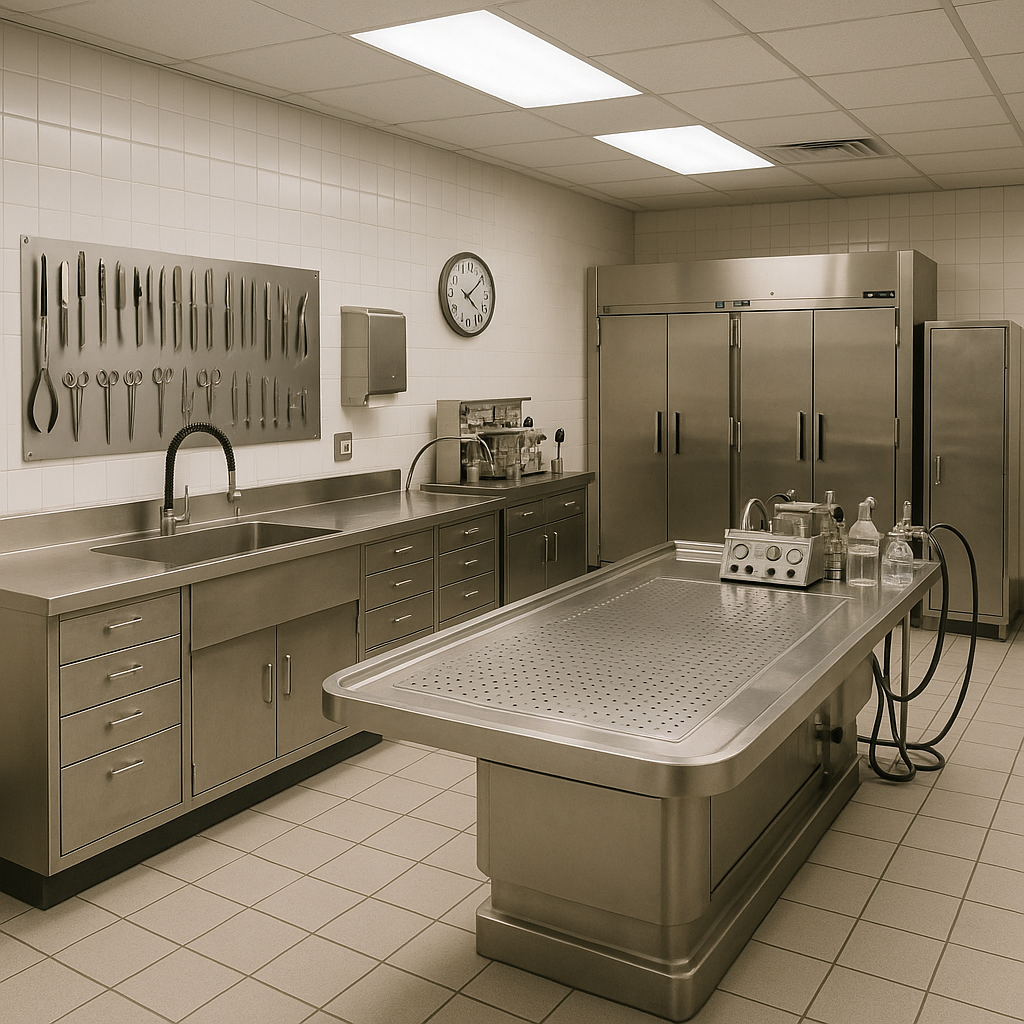
When I first entered the funeral profession, I was amazed by the careful balance of art and science reflected in the tools we use. There's something almost poetic about how an aneurysm needle crafted today would still be recognizable to an embalmer from the 1800s, even as we accept new technologies that those early practitioners could never have imagined.
Throughout this guide, we've journeyed through the essential categories of mortuary tools, their specific functions, and what to consider when selecting and maintaining them. We've traced their evolution from simple implements to precisely engineered instruments, highlighting how innovations have improved both the process and outcomes of mortuary care.
What stands out most is the remarkable continuity in basic design principles. Many instruments like aneurysm needles and scalpels would be instantly familiar to a funeral director from the 19th century, even as the materials have improved dramatically. Today's industrial-grade stainless steel provides durability "designed to last 20 years" – a testament to how modern manufacturing improves traditional designs.
The specialized nature of these tools speaks to the care and precision required in funeral service. Consider the extremely fine-pointed 3/16" slaughter trocar used for infant, autopsy, and parietal work – a tool designed with incredible specificity for the most delicate procedures. This level of specialization reflects the profession's commitment to providing appropriate care in every situation.
Perhaps most exciting is how digital technology and power assistance have transformed certain aspects of funeral service. Modern equipment reduces physical strain while improving precision, allowing funeral professionals to focus more on the art of their work rather than the physical demands.
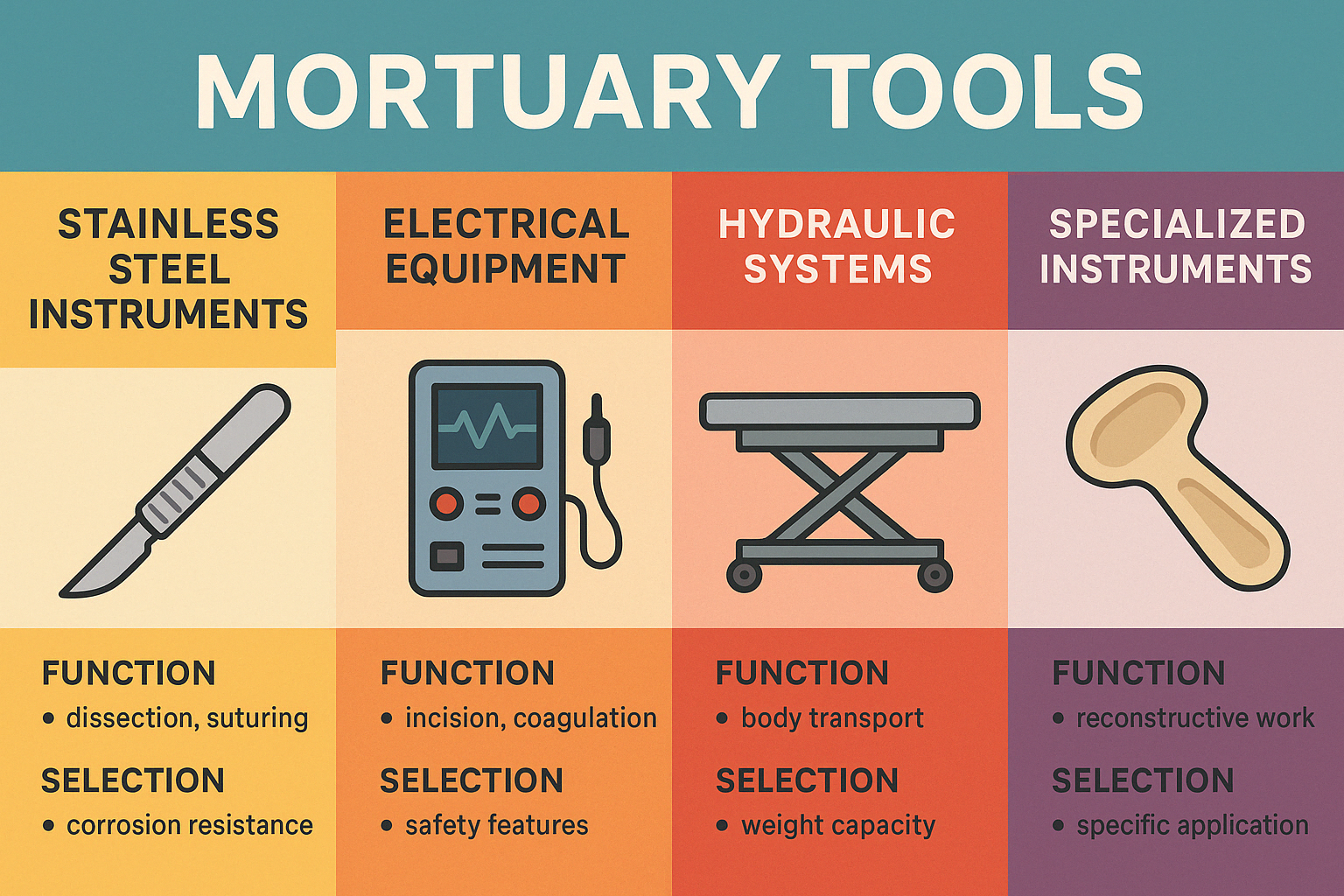
For funeral professionals across our service regions—from Tennessee to California, New York to Texas—having access to high-quality, reliable mortuary tools isn't just a business consideration; it's essential for providing the level of care families deserve during their most vulnerable moments.
At American Mortuary Coolers, we understand that our refrigeration systems represent just one component in the comprehensive array of equipment needed for modern funeral service. That's why we approach our work with the same dedication to quality, durability, and service that guides the selection of all mortuary tools.
By providing custom refrigeration solutions delivered directly to funeral homes throughout the contiguous 48 states, we're proud to support the important work of funeral professionals who rely on specialized instruments to fulfill their sacred duty of care.
Whether you're establishing a new funeral home, upgrading an existing facility, or simply expanding your knowledge of the profession, understanding mortuary tools provides valuable insight into the careful, deliberate processes that have evolved to honor the deceased and serve the living during times of loss.


